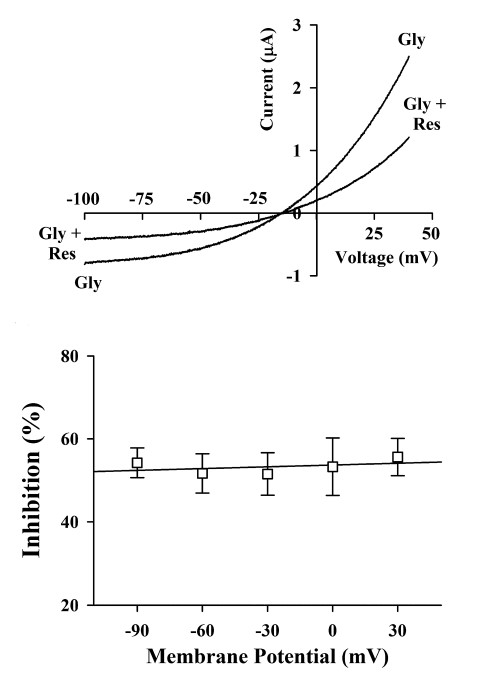- Home
-
Screening
- Ionic Screening Service
-
Ionic Screening Panel
- Ligand Gated Ion Channels
- Glycine Receptors
- 5-HT Receptors3
- Nicotinic Acetylcholine Receptors
- Ionotropic Glutamate-gated Receptors
- GABAa Receptors
- Cystic Fibrosis Transmembrane Conductance Regulators (CFTR)
- ATP gated P2X Channels
- Voltage-Gated Ion Channels
- Calcium Channels
- Chloride Channels
- Potassium Channels
- Sodium Channels
- ASICs
- TRP Channels
- Other Ion Channels
- Stable Cell Lines
- Cardiology
- Neurology
- Ophthalmology
-
Platform
-
Experiment Systems
- Xenopus Oocyte Screening Model
- Acute Isolated Cardiomyocytes
- Acute Dissociated Neurons
- Primary Cultured Neurons
- Cultured Neuronal Cell Lines
- iPSC-derived Cardiomyocytes/Neurons
- Acute/Cultured Organotypic Brain Slices
- Oxygen Glucose Deprivation Model
- 3D Cell Culture
- iPSC-derived Neurons
- Isolation and culture of neural stem/progenitor cells
- Animal Models
- Techinques
- Resource
- Equipment
-
Experiment Systems
- Order
- Careers
Glycine Receptors
As an ionotropic receptor, the glycine receptor (abbreviated as GlyR or GLR) responds to the amino acid neurotransmitter glycine which produces its effects through chloride current. Glycine receptors (GlyR) are the major inhibitory receptors in the spinal cord and the brain stem, and play important roles in a variety of physiological processes, especially in mediating inhibitory neurotransmission in the spinal cord and brainstem.

Fig. 1 Current–Voltage Relationship and Voltage-Independent Inhibition by Resveratrol (Res) on IGly in Oocytes Expressing Glycine Receptors
GlyR are similar to GABAa receptors in that both are ion channels selectively permeable to the anion Cl-. A rare neurological disorder-hyperekplexia is caused by disruption of GlyR surface expression or reduced ability of expressed GlyRs to conduct chloride ions. A mutation in GLRA1 is responsible for some cases of stiff person syndrome.
Glycine Receptor (GlyRα3) (GLYRA3)
Tissue-specific Location: mostly in the spinal cord, within the superficial layers of the dorsal horn.
Disease: depletion of GlyRα3 receptors causes altered pain sensitization responses.
Therapeutic Target: pain therapy.
Reference
- Lee B-H, et al. Resveratrol Inhibits Glycine Receptor-Mediated Ion Currents. Biol Pharm Bull. 2014; 37: 576–580.
Related Products
- Overexpression Cell Line
| Catalog | Product Name | Gene Name | Species | Morphology | Price |
|---|---|---|---|---|---|
| ACC-RI0010 | Human GLRA1 Stable Cell Line-HEK293 | GLRA1 | Human | Epithelial | INQUIRY |
Related Section
- 5-HT Receptors3
- Cystic Fibrosis Transmembrane Conductance Regulators (CFTR)
- Other Ion Channels
- Chloride Channels
- Calcium Channels
- TRP Channels
- ATP gated P2X Channels
- ASICs
- Nicotinic Acetylcholine Receptors
- Ionotropic Glutamate-gated Receptors
- GABAa Receptors
- Sodium Channels
- Potassium Channels
Inquiry

